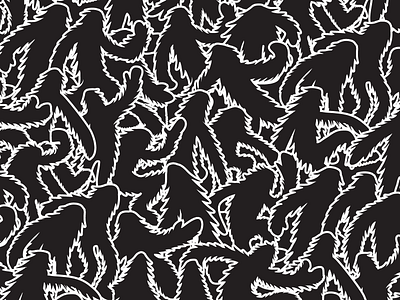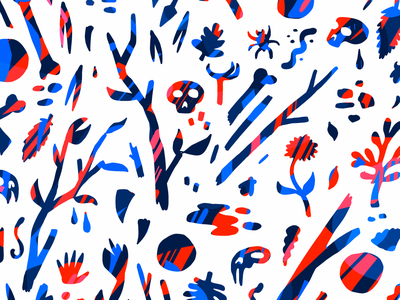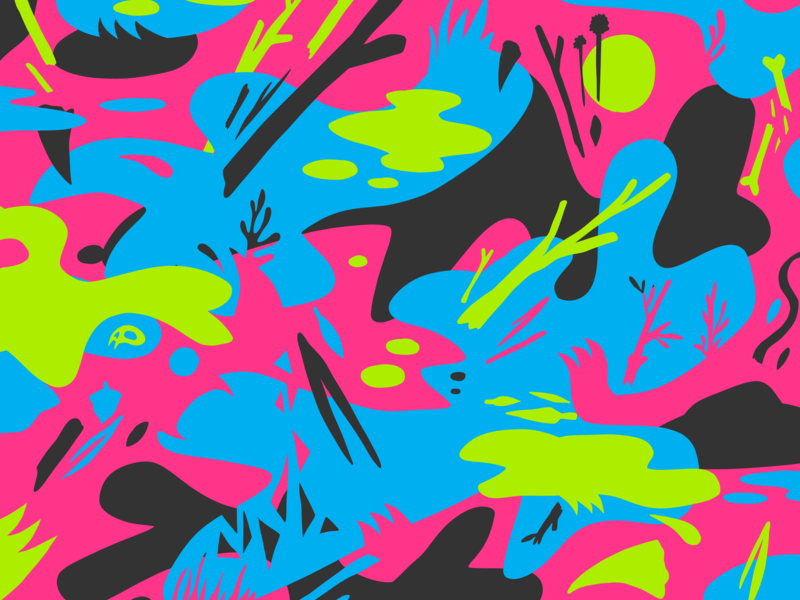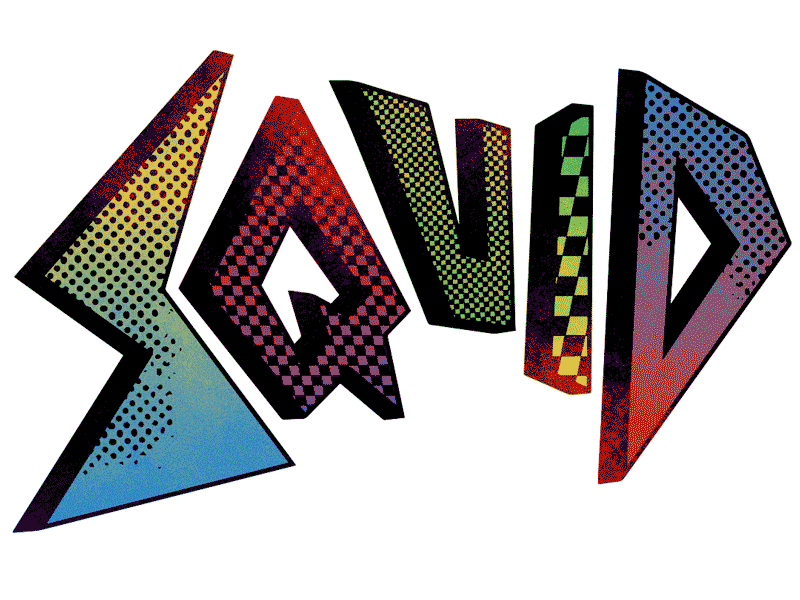In a special video interview, we chat with Sacramento-based designer and illustrator Paul Antonson. Listen in as he shares his Dribbble story and explains why designers have such a huge impact in visually supporting other’s visions and stories.
My name is Paul Antonson. I’m an Illustrator, Designer, and Pattern Maker. I live in Sacramento.
There’s power in the sketchbook…
The ideas always come out differently when you start sketching them loosely. You might have an entire way of thinking you’re going to approach something but as soon as you start thumbnailing or just sketching it out, suddenly all the potentials winnow down to what the right solution is.
You’re having an experience—you’re at the beach, or you’re hiking, or you’re in some place in the city and to be able to sit and sketch kind of transforms that experience for you. You hold the memory differently, you hold the place differently. There’s like magic to sketching and then keeping it all in a sketchbook. Especially in this age of devices and everything. The sketchbook is like the ultimate anti-device. It’s like your personal zine.
When are you most productive?
Over the years, I started to realize I don’t really like staying up late doing art. I do much better morning and afternoon, and then I kind of chill in the evening. I might do a creative session here or there, but really, it took a while to realize that I’m not a night owl. I’m more of a morning person. These days with kids, I keep it pretty fixed 8:00 am to 5:00 pm. Stop right at 5:00 pm to hang out with the kids.
Has Dribbble impacted your career?
Dribbble has impacted me as an illustrator. Particularly after I moved to California. I moved here not knowing anybody and soon after I moved here, I went to a Dribbble Meetup in town and it was really cool. I can be a bit of a wallflower at these type of things but this was a great conversation with all these local designers and illustrators and it was just a great way to kind of feel like there was a community and that I’d sort of slowly moved into that community a little bit. I also scored an enormous stack of stickers, which I’m still using and I was so psyched to just walk away with a giant stack of Dribbble stickers.
Dribbble for Illustrators…
Certainly, you use it as a type of research of the gestalt of the illustration world—like what’s happening in the illustration world where you can get a sense of color palettes and styles. Definitely just a source of inspiration. If you are feeling in a bit of a funk, you know, it’s a great place to go and just get a bit of that boost. We’ve used it at jobs too if we’re doing a rebrand to kind of assess what the brands are out there in the world.
I love how Dribbble is a lot of that but it’s just this constant flow. There’s a good positivity. It’s like the commenting and everything like that. It’s just a super positive space. I’ve kind of ditched a few things on my phone a couple of months ago and put the Dribbble app on there and was like OK, I was previously going there, now I’m going here—and kind of just building new habits.
Supporting vision through design…
Working on that Affordable Care Act project—as the designer you realize you are integral to it. You’re helping to create this visual vision of how this all comes together but you’re not driving the project. You are really there to support the vision of the people who are really driving the story. And so, you kind of have to know your role and know where you can impact it the most. You can’t underestimate what you bring to that.
I think you can take a project that could just be solid and take it to a place that gets wider attention because the design adds this cohesiveness to the whole thing and helps invite people into it and stick their attention to it. In a place where our attention is so fractured you know, design for big and kind of important stories, it can really play that role of holding people with the story I suppose.
Favorite project…
There’s a Sacramento company—they are a cyclocross bike company called Squid Bikes. I get to do illustration. I get to create patterns for their kits. I get to do some animation. Plus I get to indulge that kind of like 80’s skate vibe and 90’s snowboard vibe and kind of channel it into a modern vibe, in a way, with those influences.
Wisdom for the design community…
You are not your work. The ability to be able to stand back and accept honest criticism is key. When people are criticizing your work, they’re not criticizing you—they’re criticizing your work. It’s something I still struggle with. If you can just kind of step back and absorb that and not necessarily action it but just understand where people are coming from in that honest moment for them, it can be hugely beneficial for your career.
Want to keep up with Paul? Find him on Dribbble, Instagram, and at paulantonson.com.
Find more Interviews stories on our blog Courtside. Have a suggestion? Contact stories@dribbble.com.












